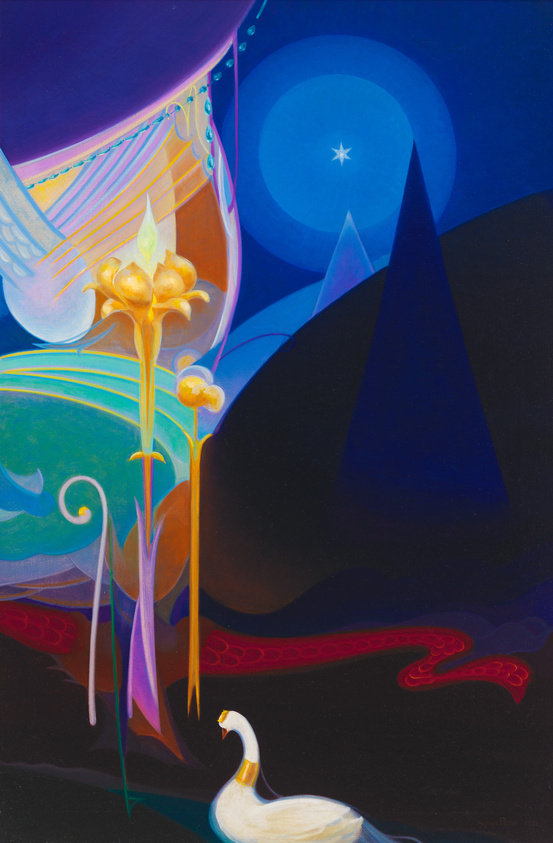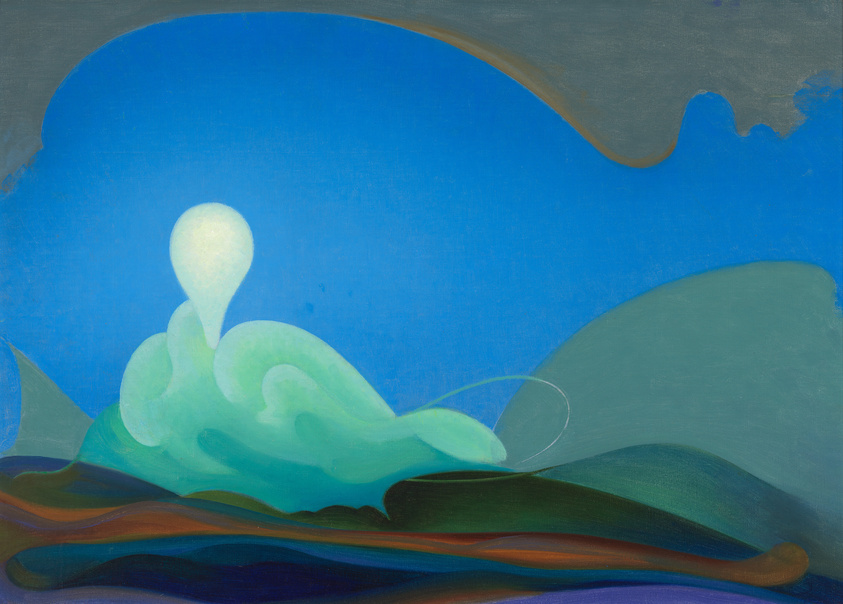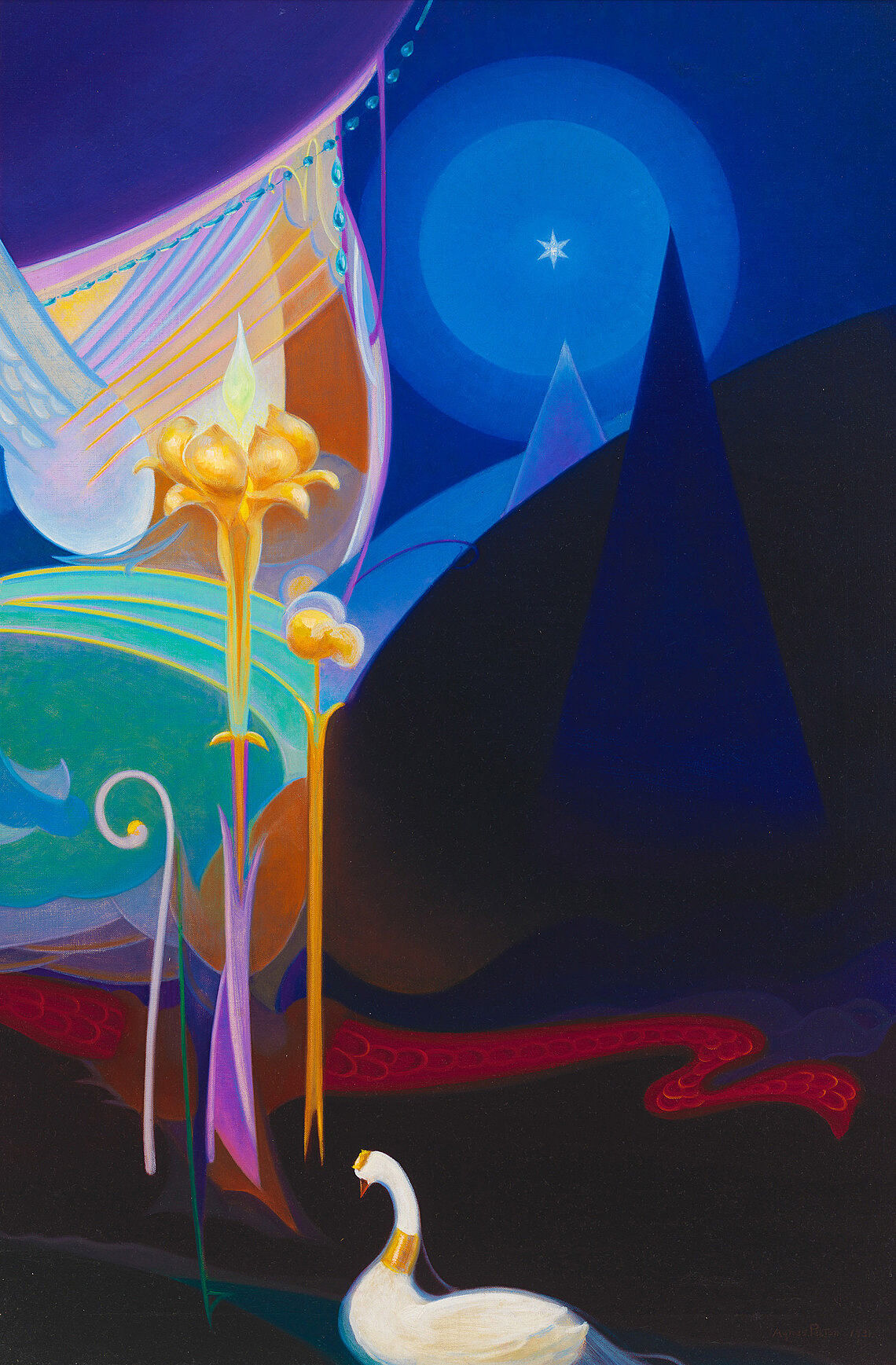Sea Change, 1931
Feb 27, 2020
0:00
Sea Change, 1931
0:00
Suzanne Hudson: It's clearly imaging some kind of wave form. But the longer I looked at it, I realized that it actually is both kind of aqueous and celestial. It could be the movement of water, but it could also be the movement of sky.
Narrator: Like many of her peers, Pelton was interested in the writing of the Swiss psychiatrist Carl Jung. For Jung, water and passage through water served as metaphors for the collective unconscious and rebirth. Suzanne Hudson is a professor of art history at the University of Southern California.
Suzanne Hudson: I see her within a trajectory of American artists who in some ways it's a kind of pantheism or kind of appropriation from so many different religious traditions and sources. It becomes almost a kind of homemade faith or a kind of spirituality by her own design. And I think, in that, you could put her together with people like Agnes Martin or many other artists who were interested in so many different world religions and practices. Not as a form of hierarchy, or not as a form of conventional structured religion, but as ways of trying to understand themselves in their relation to something far beyond.



